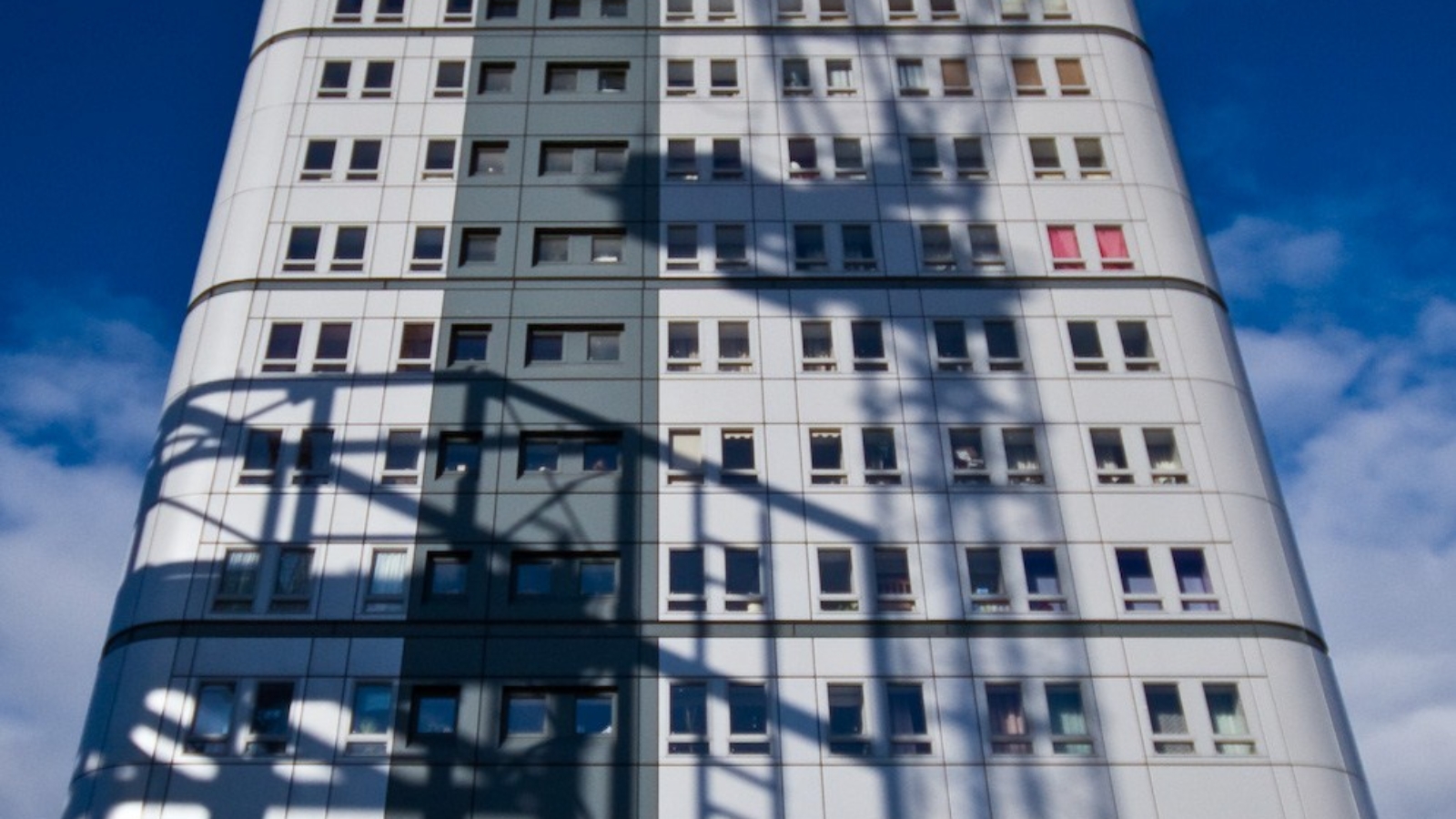[Editor's note: The theme of the Winter 2010-2011 issue of World Policy Journal is “Megalopolis: The City of the 21st Century.” We asked experts, policymakers, and writers from around the world to answer this question: “In the future, what will our cities look like?”]
By Richard Matthew
In the annals of human history, cities have played a special role as incubators of culture and ingenuity, engines of transformation and development, and magnets for aspiration and hope. The fate of cities is now intimately tied to global relationships and processes. Today’s cities are expected to absorb some three billion people in a matter of decades. They will need to accommodate this enormous and unprecedented influx while facing a steep increase in severe storms, floods, heat waves and wildfires due to climate change. As they double in size, they will face unprecedented exposure to pandemic disease, transnational crime, transboundary terrorism and global financial crisis, all due to new levels and forms of connectivity. Rapid population growth also means rapid demographic shifts—while some cities are aging, others are diversifying ethnically, and some are teeming with agitated, needy, uneducated youth. And, while these pressures are intensifying, population growth is overwhelming the critical infrastructure—roads, sewage systems, energy grids, water supplies—of cities around the planet.
Urban planners may ultimately save the planet. But to do so, many more will have to step outside the comfort zone of the 20th century and come to terms with inescapable, contemporary forms of connectivity, find new ways to harness and deploy the enormous powers that cities generate, and think of themselves as the architects of the future instead of the guardians of the past.
Richard Matthew is the Director of the Center for Unconventional Security Affairs at the University of California, Irvine.
Image via Flickr, by Les Bessant.
